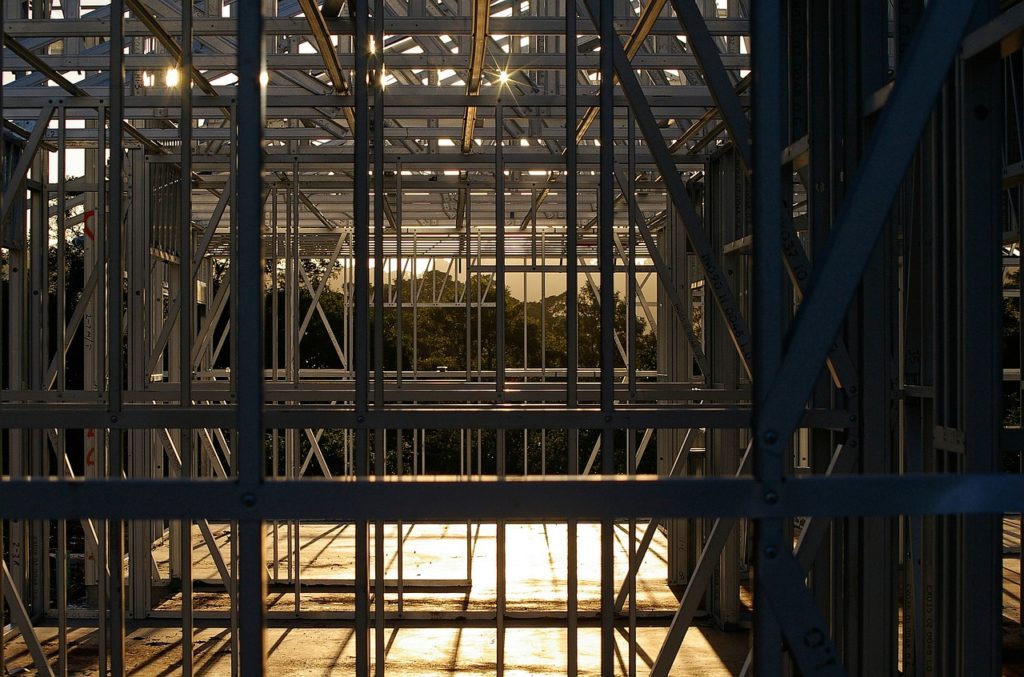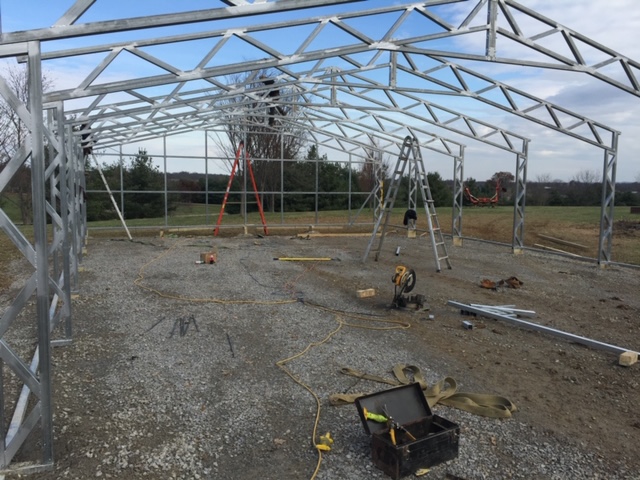
Light gauge steel construction is a method of building a structure utilizing thin, prefabricated steel frames. It is used in building frameworks in single-family homes, townhouses, and even large commercial buildings. And it is continuously becoming popular because of its benefits.
The material and the method
The light gauge steel frames are made from galvanized steel, which makes these extremely durable and corrosion-resistant. It is the best building component for constructing the framework of structures in high-risk locations or climates because of its fire and pest resistance.
Another good feature of light gauge steel is its versatility. Architects, engineers, contractors, and builders can create curved walls, open floor plans, and large window areas. It is also becoming increasingly popular with DIY enthusiasts looking for easy-to-install construction material. Light gauge steel frames are best for them, for these are quick to assemble and lightweight. Thus, they can add speed and portability to the construction process.
Moreover, light gauge steel frames are cut to precise dimensions and connectable together. These can form a three-dimensional framework that makes the building’s skeleton. The framework is then sheathed in gypsum board, plywood, or other materials. Eventually, the sheathing gives the building its shape. It also provides a base for insulation, drywall, paint, and other finishes.
To-do when using light gauge steel construction?

Overall, light gauge steel construction has many benefits in terms of speed, cost-effectiveness, and design flexibility. However, there are some critical matters that a builder needs to learn before embarking on a project.
Check the galvanization or corrosion-resistance level of the materials: It is essential to use high-quality materials designed specifically for light gauge steel construction. These can provide longevity and excellent service. And remember that the light gauge steel frames can be susceptible to corrosion, particularly if they are exposed to moisture or excessive humidity. To protect these from rusting, the steel should be treated with a layer of rust-resistant primer before being coated with an appropriate sealant or paint.
Learn the benefits of using light gauge steel materials.
Galvanization is a metal coating process that involves the application of a protective zinc layer to steel or iron. Its process involves either electroplating or hot-dipping. Hot-dip galvanizing is often used for larger projects and provides a thick, uniform coating. Electroplating is ideal for smaller projects, as it can add thickness in specific areas where needed.
Besides this, the building owner must also conduct regular inspections to identify any signs of corrosion afterward.
Ensure the frame is adequately supported – To strengthen and stabilize a structure more, it is necessary to install additional bracing or adequate support. It will help prevent sagging or other structural stresses, especially in earthquakes or hurricanes. For this reason, it is also ideal to select an appropriate site for the project that considers the local climate and environmental conditions.
Exterior sheathing materials require periodic repair or replacement- It is necessary to have regular inspections to identify any signs of damage or wear and tear. This step helps to maintain the structural integrity of the building. Remember that though steel is non-combustible and unattractive to pests, things around the frame can be not fire-proof and prone to pest infestations.
Overall, the best way to enjoy the benefits of light gauge steel construction is to ensure it is correctly done and adequately maintained. Additionally, selecting an experienced contractor who can assess the project and provide the necessary advice and direction on light gauge steel construction is practical.
